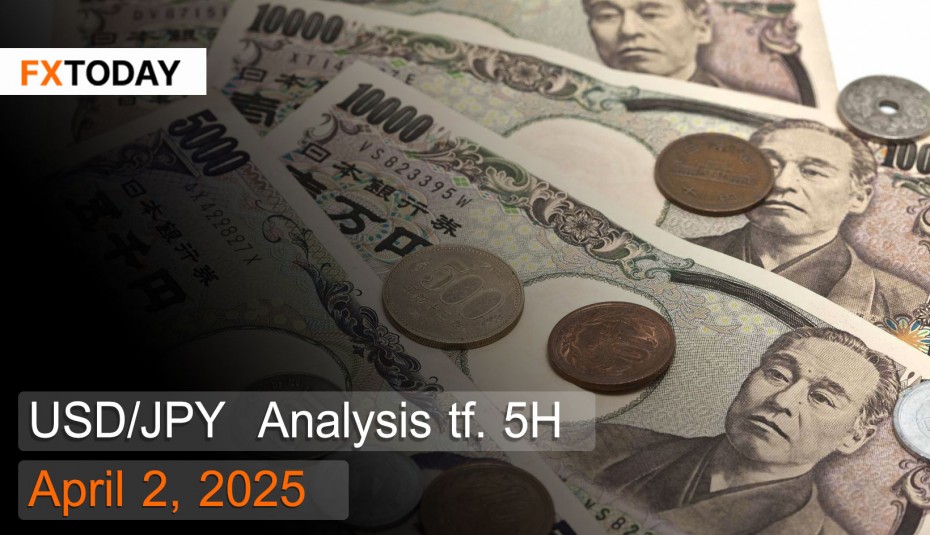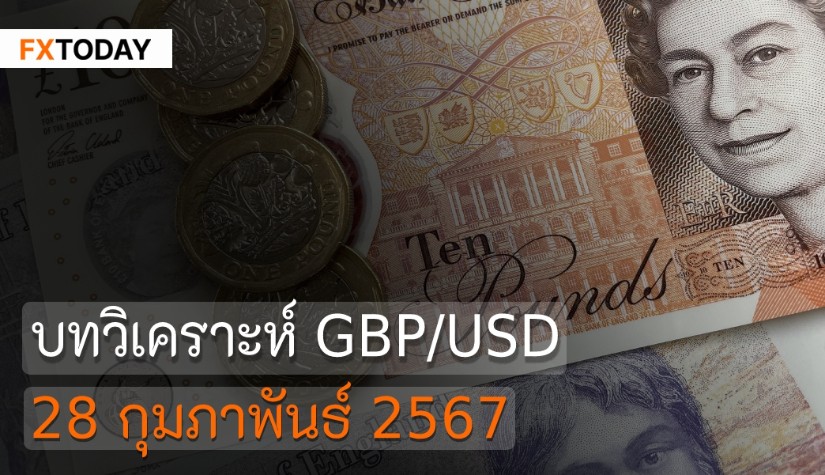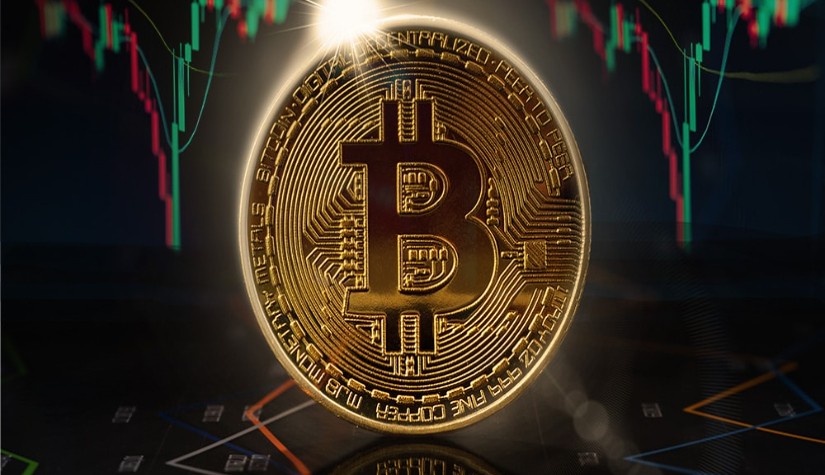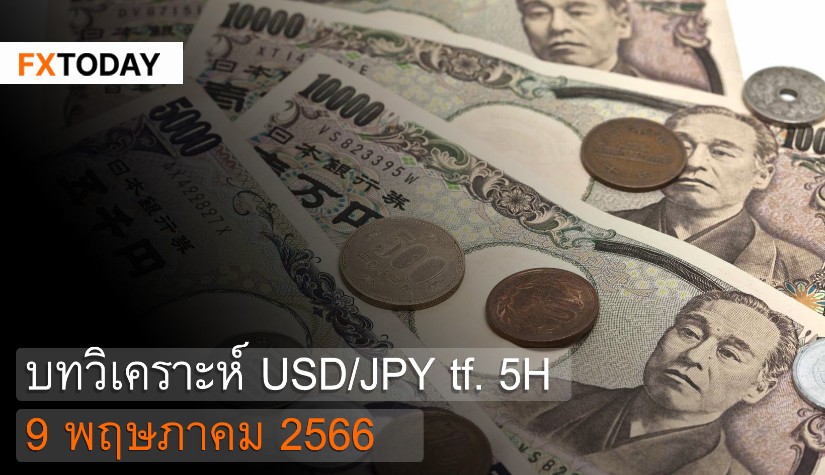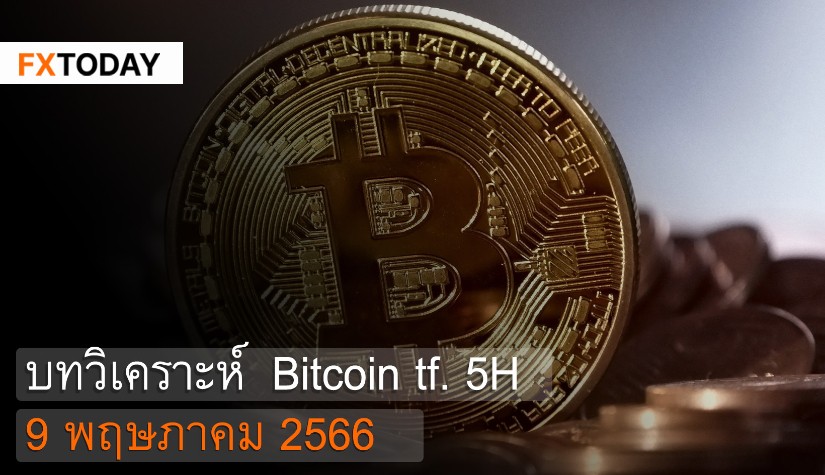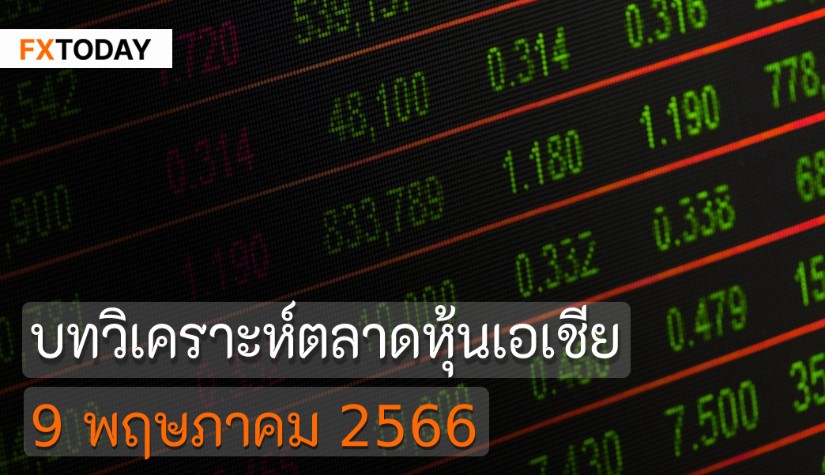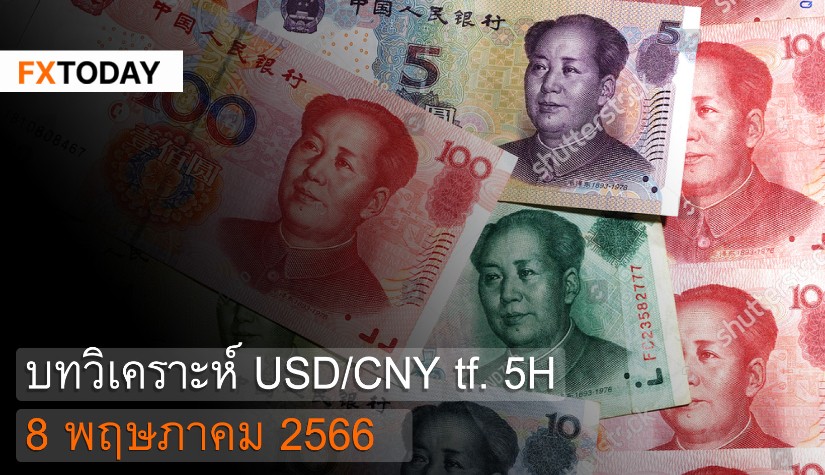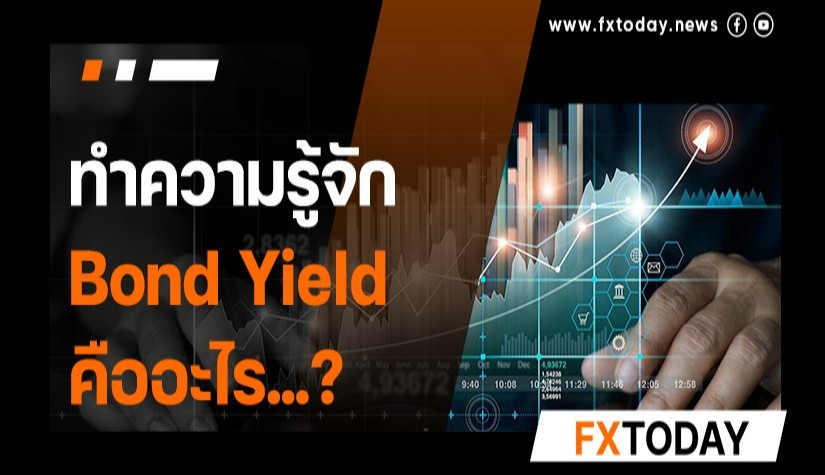The Bank of Japan is likely to adopt a tighter monetary policy.
The Japanese yen remained stable at 149 yen per dollar as investors braced for the latest round of tariff hikes by President Donald Trump. Trump is preparing to impose retaliatory tariffs on countries that have raised tariffs on U.S. goods, including import duties on automobiles. This move could impact Japan’s key export industries. At the same time, the tariff hikes are directly affecting business sentiment in Japan, as concerns grow over the potential effects of U.S. tariffs on the country's export-driven economy. While the Bank of Japan is expected to raise interest rates later this year, concerns over global trade and domestic economic uncertainties continue to create investor uncertainty.
The Bank of Japan may consider tightening its monetary policy if rising food prices lead to broader inflation. Kazuo Ueda, the governor of the Bank of Japan, stated last Wednesday that the surge in prices of certain food items could affect the cost of processed foods and restaurant expenses, making it easier for businesses across various sectors to raise prices. This could contribute to ongoing inflationary pressures, potentially necessitating further interest rate hikes. However, the central bank should not respond if food inflation is only temporary. Last week, the assessment of the impact of the January interest rate hike still indicated risks from U.S. trade policies, which could affect Japan’s economic outlook.
Japan's economic indicator index, which measures factory output, employment, and retail sales, stood at 116.1 in January, the highest level since 2019. This was supported by moderate economic recovery amid improved employment conditions and rising incomes. Private sector consumption also played a key role in driving growth, while corporate profits improved as well. However, cost pressures persist amid a slowing global economy, influenced by high interest rates in the U.S. and Europe and continued sluggishness in China's real estate sector. Meanwhile, the Bank of Japan raised interest rates by 25 basis points to 0.5% in January, marking the highest level in 17 years.
Tokyo’s core inflation rate in Japan increased by 2.4% year-on-year in March, accelerating from 2.2% in February. This marked the fifth consecutive month that core inflation remained above the Bank of Japan’s 2% target. As a result, investors anticipate that the central bank will continue its tightening monetary policy. However, policymakers remain cautious in assessing the impact of increasing tariff risks on the domestic economy. Nevertheless, the central bank is likely to raise interest rates further if economic conditions align with expectations.
Japan’s leading economic indicator, which forecasts economic trends over the next few months based on data such as employment and consumer confidence, rose to 108.3 in January, driven by a second consecutive month of increased household spending. Meanwhile, the unemployment rate edged up slightly to 2.5% in January, with employment trending higher toward a new peak, reducing the number of unemployed individuals by 60,000 to 1.68 million. At the same time, the job openings to applicants ratio fell to 1.24 in February.
Techical analysis data (5H)
Resistance: 149.36, 149.53, 149.66
Source: Investing.com
Buy/Long 1: If the price touches support in the price range of 148.93 - 149.06 but cannot break the support at 149.06, you may set a TP at approximately 149.53 and SL at around 148.76 or according to your acceptable risk.
Buy/Long 2: If the price breaks the resistance in the price range of 149.36 - 149.53, you may set a TP at approximately 149.66 and SL at around 148.93 or according to your acceptable risk.
Sell/Short 1: If the price touches resistance in the price range of 149.36 - 149.53 but cannot break the resistance at 149.36, you may set a TP at approximately 148.93 and SL at around 149.66 or according to your acceptable risk.
Sell/Short 2: If the price breaks the support in the price range of 148.93 - 149.06, you may set a TP at approximately 148.76 and SL at around 149.53 or according to your acceptable risk.
Pivot point April 2, 2025 08:25 PM. GMT+7
|
Name
|
S3
|
S2
|
S1
|
Pivot Points
|
R1
|
R2
|
R3
|
|---|---|---|---|---|---|---|---|
| Classic | 148.76 | 148.93 | 149.06 | 149.23 | 149.36 | 149.53 | 149.66 |
| Fibonacci | 148.93 | 149.04 | 149.12 | 149.23 | 149.34 | 149.42 | 149.53 |
| Camarilla | 149.1 | 149.12 | 149.15 | 149.23 | 149.21 | 149.23 | 149.26 |
| Woodie's | 148.72 | 148.91 | 149.02 | 149.21 | 149.32 | 149.51 | 149.62 |
| DeMark's | - | - | 148.99 | 149.19 | 149.29 | - | - |

